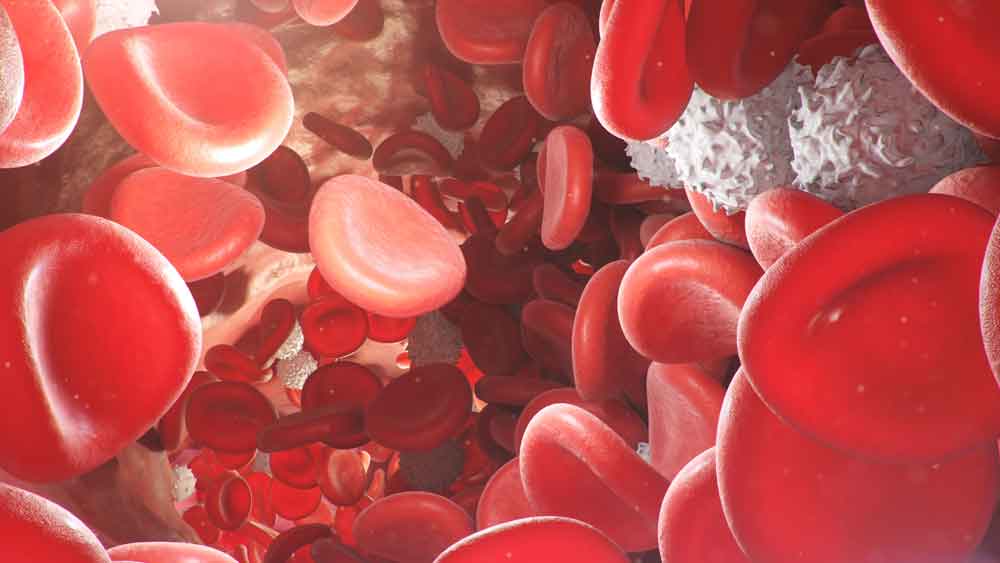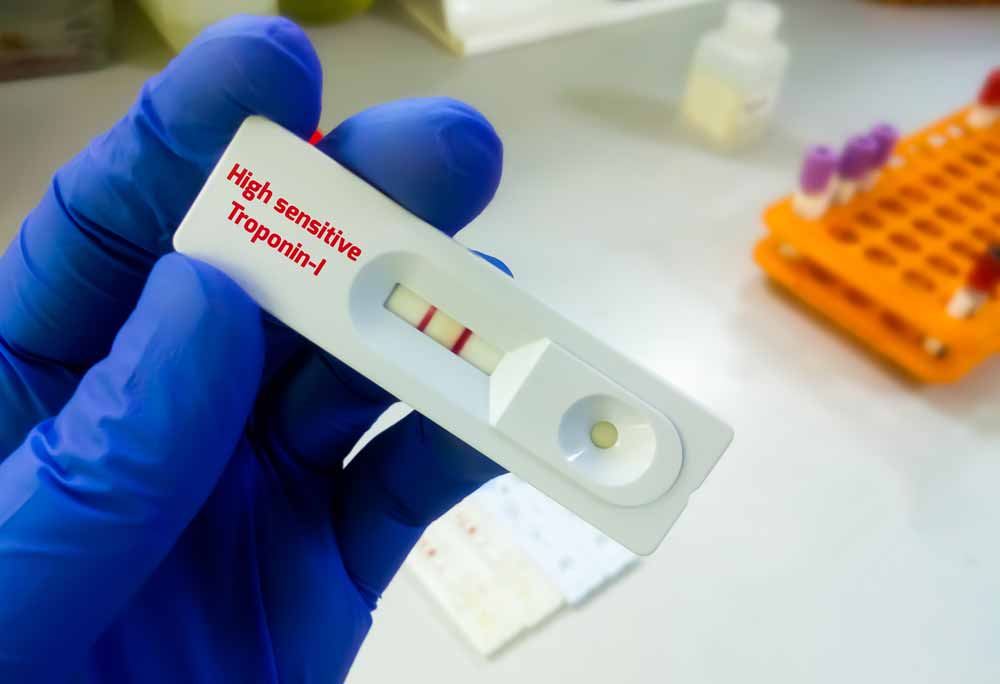IPSET – Thrombosis Risk for essential thrombocythemia: Online Calculator

International Prognostic Score of thrombosis in World Health Organization – essential thrombocythemia (IPSET-thrombosis).
IPSET-thrombosis model provides objective estimates of the probability of thrombotic events in patients with newly diagnosed ET.
The scale consist of the following parameters, listed below:
| Patient age | |
| • under 60 years | 0 |
| • 60 years or older | 1 |
| Prior thrombotic event | 2 |
| Cardiovascular risk factors present (One or more of: hypertension, diabetes mellitus, active smoking) | 1 |
| Detected JAK2 V617F mutation | 2 |
The primary objective of essential thrombocythemia (ET) management is to prevent thromboembolic complications. In this regard, advanced age and thrombosis history were used to assess this risk. More recently, JAK2V617F and cardiovascular (CV) risk factors were identified as additional modifiers, leading to the development of a 3-tiered International Prognostic Score of Thrombosis for ET (IPSET-thrombosis): “low”, “intermediate”, and “high”.
Total 6 points (Age 1, H/O Thrombosis 2, Cardiovascular risk factor 1 and JAK2V617F – 2 points).
Determine risk group and prognosis:
| Score | Risk category | Annual thrombosis risk |
| 0 – 1 | Low | 1.03% |
| 2 | Intermediate | 2.35% |
| 3 – 6 | High | 3.56% |
Register on our website right now to have access to more learning materials!
Subscribe to our pages:
ClinCaseQuest Featured in SchoolAndCollegeListings Directory
Exciting News Alert! We are thrilled to announce that ClinCaseQuest has been successfully added to…
We presented our experience at AMEE 2023
AMEE 2023 took place from 26-30 August 2023 at the Scottish Event Campus (SEC), Glasgow,…
We are on HealthySimulation – world’s premier Healthcare Simulation resource website
We are thrilled to announce that our Simulation Training Platform “ClinCaseQuest” has been featured on…
Baseline Cardiovascular Risk Assessment in Cancer Patients Scheduled to Receive Cardiotoxic Cancer Therapies (Anthracycline Chemotherapy) – Online Calculator
Baseline cardiovascular risk assessment in cancer patients scheduled to receive cardiotoxic cancer therapies (Anthracycline Chemotherapy)…
National Institutes of Health Stroke Scale (NIHSS) – Online calculator
The National Institutes of Health Stroke Scale (NIHSS) is a scale designed to assess the…
SESAM 2023 Annual Conference
We are at SESAM 2023 with oral presentation “Stage Debriefing in Simulation Training in Medical…











